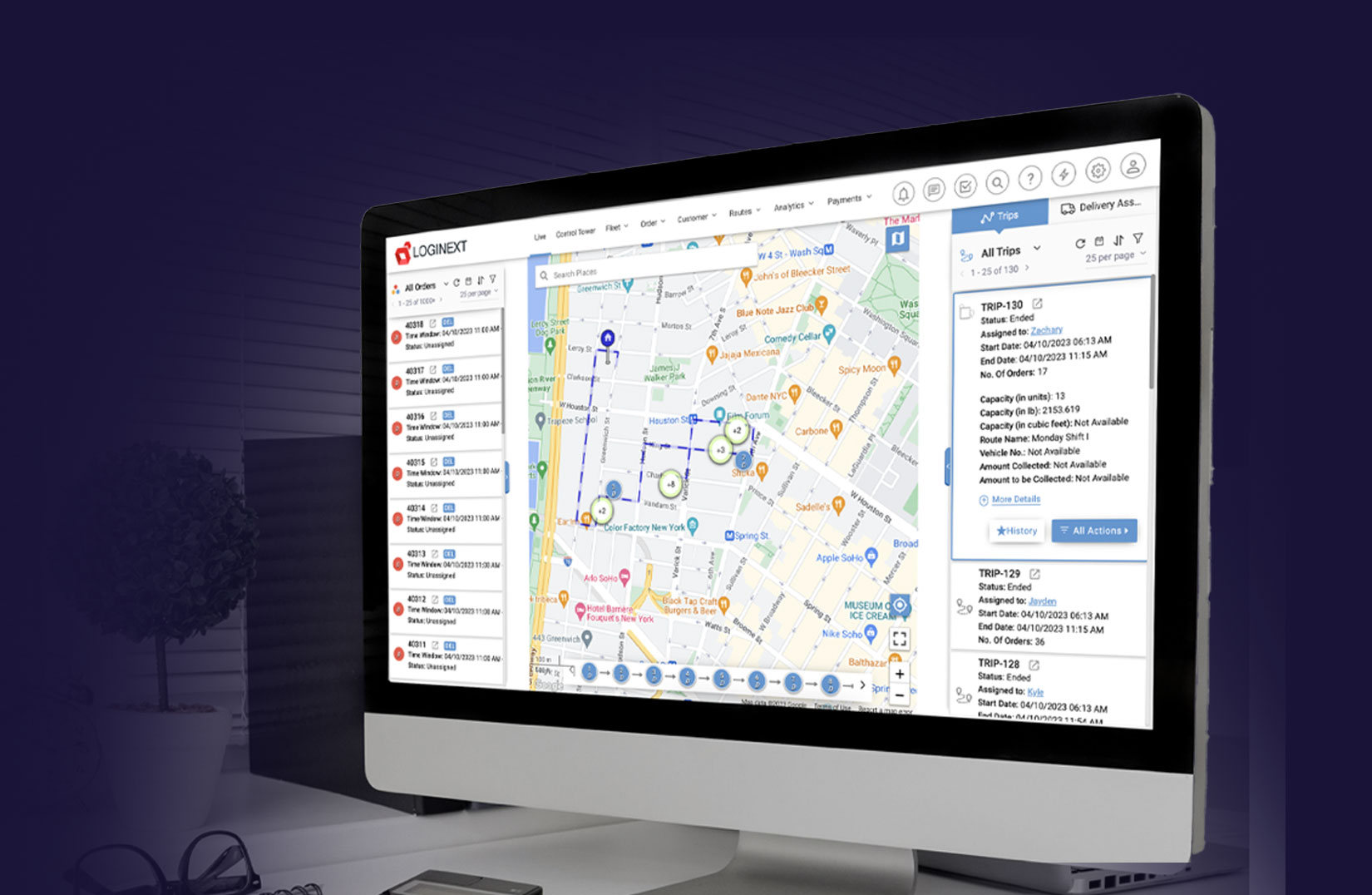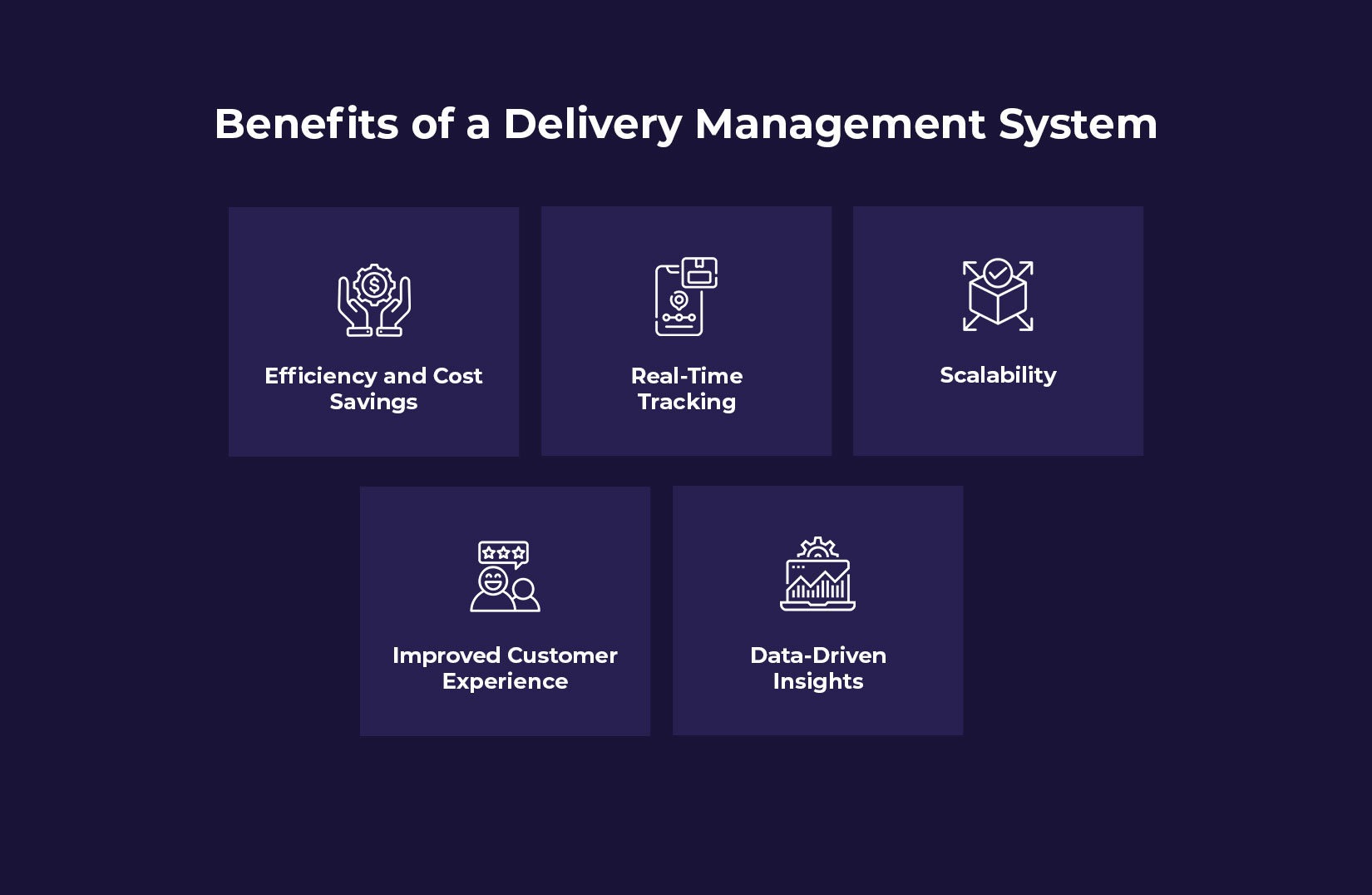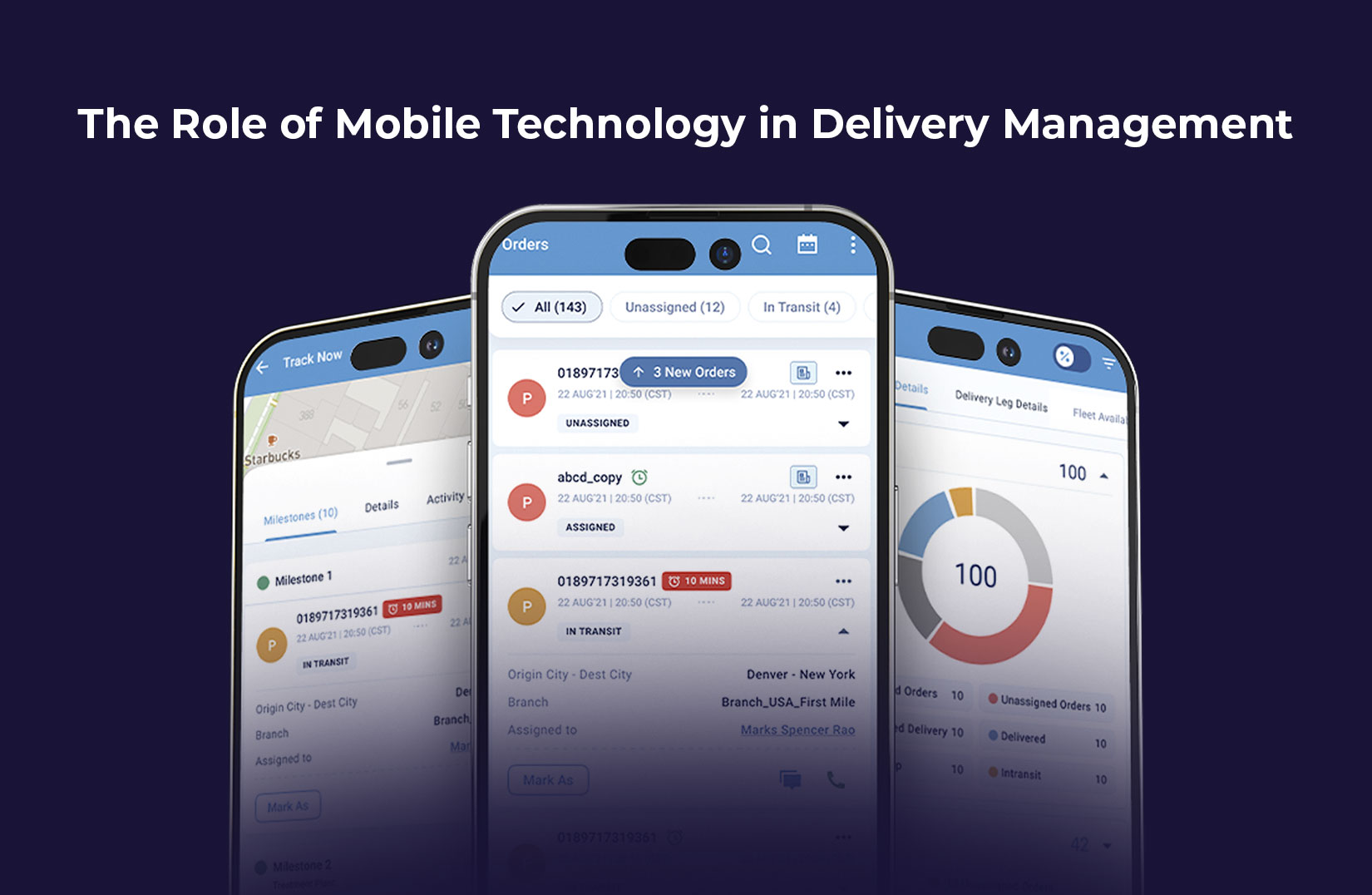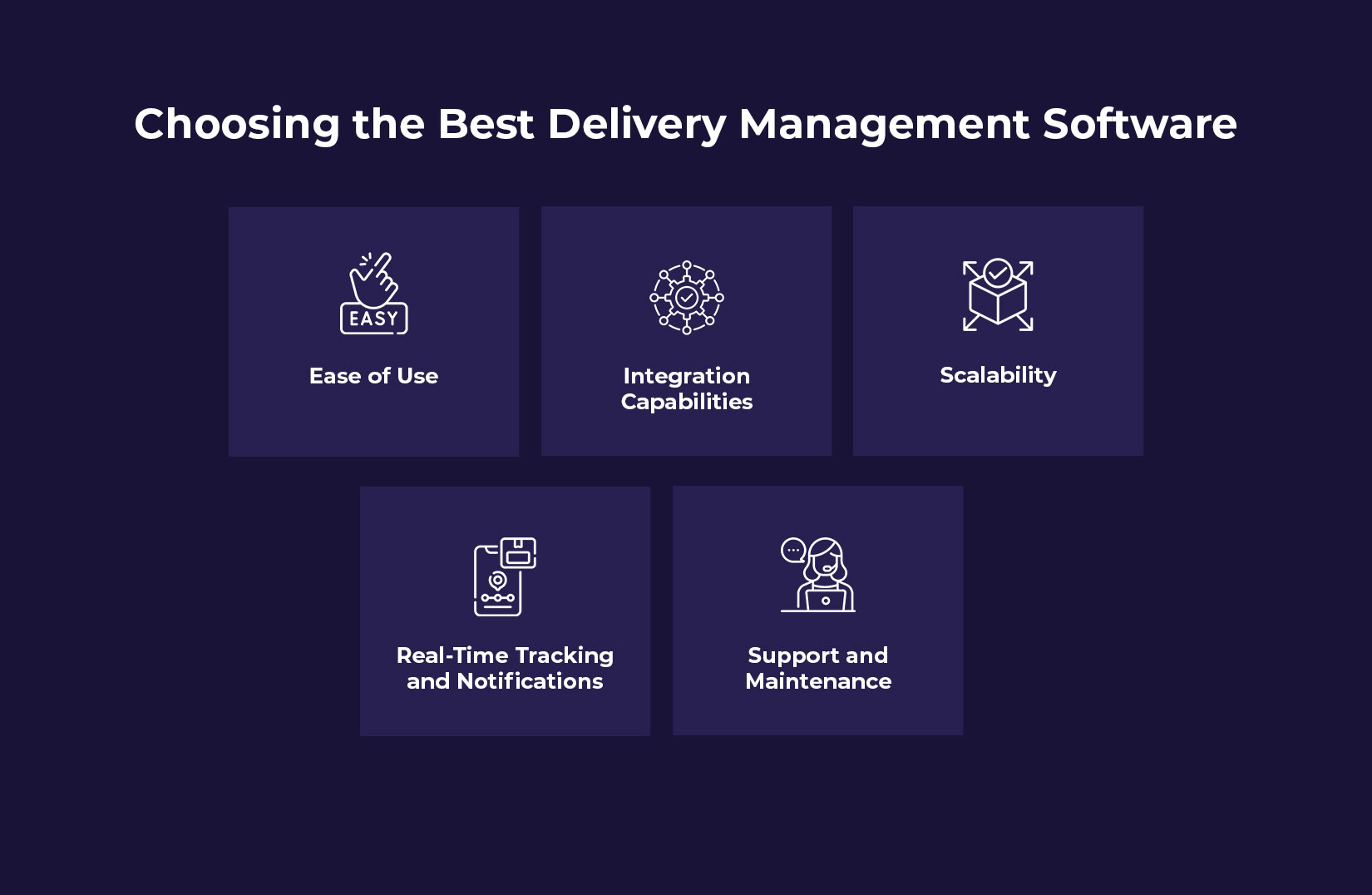
The Evolution of Delivery Management: From Manual to Automated Systems
Delivery management has evolved significantly over the years. Transitioning from manual methods to automated systems that offer greater efficiency, accuracy, and scalability. As the demand for fast and reliable deliveries increases, businesses have adopted delivery management systems to streamline processes. In this blog, we’ll explore the evolution of delivery management, focusing on the shift from manual processes to automated systems. We’ll explore the key benefits of using a Delivery Management System (DMS). Additionally, we’ll highlight the importance of selecting the best delivery management software for your business.
The Early Days of Delivery Management: Manual Processes
In the early stages of logistics and delivery management, everything was handled manually. From tracking shipments to scheduling routes, all tasks were completed using pen and paper. For instance, businesses had to manually calculate the best routes for delivery, which often led to inefficiencies. Errors were common and delivery times could be unpredictable especially when dealing with complex delivery requirements.
In these early days, a lack of technological tools made it difficult to manage large fleets and deliver goods efficiently. Businesses relied on basic tools, like maps and ledgers which were time-consuming and prone to human error. For many years, this was the status quo for delivery management across industries.
The Rise of Digital Tools: A Step Toward Automation
The advent of digital tools in the early 2000s marked the beginning of a major shift in delivery management. With the rise of computers and software solutions, delivery processes became more organized and efficient. Companies started using basic software to track packages and manage routes, reducing the reliance on paper-based methods.
As the digital landscape grew, so did the possibilities for automation. Businesses could now create digital records for deliveries, track the progress of shipments, and optimize delivery routes. However, while these digital tools helped improve efficiency, they still required a significant amount of manual oversight.
Enter the Delivery Management System (DMS)

With advancements in technology, the concept of a Delivery Management System (DMS) was born. A DMS is an integrated software solution that automates and streamlines the entire delivery process. From order management and route optimization to real-time tracking and customer notifications, a DMS handles it all.
One of the key innovations that set DMS apart from earlier software solutions was its ability to integrate with other business systems. These include inventory management and CRM platforms. This allowed businesses to gain a comprehensive view of their entire supply chain and logistics operations in real time.
Today, a Delivery Management System serves as the backbone of modern logistics. It helps in enabling companies to manage their fleets, optimize routes, track deliveries, and improve overall customer satisfaction. Studies show that businesses using advanced DMS solutions can achieve up to a 30% reduction in delivery costs. They can also improve on-time deliveries by 40%.
Benefits of Delivery Management System

The transition to automated delivery management has brought numerous benefits to businesses and consumers alike. Some of the key advantages include:
1. Efficient and Cost Savings:
Automated systems help businesses optimize delivery routes, reducing fuel consumption and labor costs. A study by Capgemini found that route optimization can lower fuel costs by up to 20%.
2. Real-Time Tracking:
Modern DMS solutions provide real-time tracking, allowing customers and businesses to monitor deliveries in progress. Transparency in delivery processes has been shown to improve customer satisfaction by 50%.
3. Scalability:
As businesses grow, so do their delivery needs. A delivery management platform can easily scale to accommodate larger fleet, additional delivery locations and higher volumes of orders. According to McKinsey, scalable delivery systems can lead to a 25% increase in operational efficiency.
4. Improved Customer Experience:
By automating processes such as customer notifications and delivery scheduling, companies can offer a more seamless experience. This leads to greater customer satisfaction and loyalty. Statistics reveal that 90% of customers expect real-time tracking and timely updates during the delivery process.
5. Data-Driven Insights:
Automated systems provide valuable data on delivery performance, helping businesses identify areas for improvement. With access to detailed reports and analytics, companies can make informed decisions to further optimize their operations.
The Role of Mobile Technology in Delivery Management

As mobile technology continues to advance, businesses are increasingly adopting mobile-friendly delivery management systems. These systems allow drivers to access important information, such as delivery details, route instructions, and customer contact information, directly from their mobile devices.
A mobile-friendly delivery management system enables drivers to receive real-time updates on route changes, traffic conditions, and delivery statuses. This ensures that deliveries are made on time and that drivers have the most up-to-date information at their fingertips. According to a survey by Gartner, businesses that use mobile-enabled delivery systems report a 20% improvement in driver efficiency.
For businesses, a mobile-friendly delivery management system like LogiNext Mile also offers the benefit of remote monitoring. Managers can track deliveries, assess performance, and address any issues in real time, all from their mobile devices. This level of flexibility and control is crucial in today’s fast-paced delivery environment.
Choosing the Best Delivery Management Software

With so many options available, selecting the best delivery management software for your business can be a daunting task. There are several factors to consider when making your decision, including:
1. Ease of Use:
The software should have an intuitive interface that is easy for employees to learn and use. A user-friendly system reduces the learning curve and helps ensure smooth adoption.
2. Integration Capabilities:
The software should integrate seamlessly with other business tools, such as CRM systems, inventory management software, and accounting platforms.
3. Scalability:
Choose a solution that can scale with your business as it grows. Look for software that can handle increased order volumes, additional delivery routes, and more complex logistics operations.
4. Real-Time Tracking and Notifications:
Real-time tracking is essential for both businesses and customers. The software should offer live tracking and notifications to keep everyone informed throughout the delivery process.
5. Support and Maintenance:
A reliable customer support system is crucial in case any issues arise. Look for software that provides ongoing support, regular updates, and maintenance to keep your system running smoothly.
By selecting the best delivery management software, businesses can ensure that they are well-equipped to meet the growing demands of modern logistics and customer expectations.
The Future of Delivery Management: Automation and Beyond
The future of delivery management lies in further automation and the use of advanced technologies such as Artificial Intelligence (AI), machine learning, and the Internet of Things (IoT). These technologies will allow delivery systems to become even more intelligent, enabling businesses to predict delivery times more accurately. They will also automate route planning and optimize delivery performance in real time.
In addition to automation, the rise of autonomous vehicles and drones holds the potential to revolutionize delivery management. Studies predict that by 2030, 80% of last mile deliveries could be handled by autonomous solutions. This will help in reducing costs and improving efficiency.
Conclusion
The evolution of delivery management has come a long way from its manual roots. Today, delivery management systems play a crucial role in optimizing delivery processes, improving customer satisfaction, and reducing costs. Investing in the right solution like LogiNext Solutions can have a transformative impact on your business. As automation and technology continue to advance, the future of delivery management looks brighter than ever. New innovations on the horizon promise to make logistics even more efficient and customer-centric.
By embracing these advancements, businesses can stay ahead of the competition and continue to deliver exceptional service in an increasingly demanding world. Book a demo with LogiNext Solutions and take the drive to safeguard your future. Click on the red button to know more.
62







@LogiNext